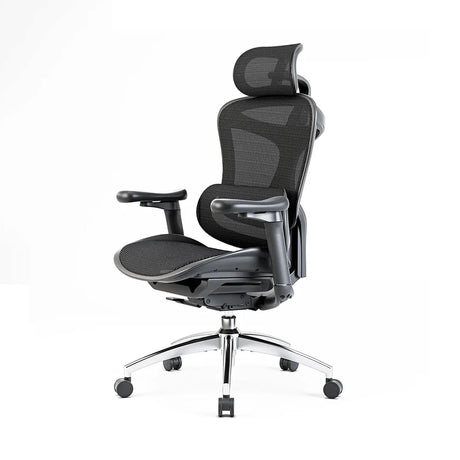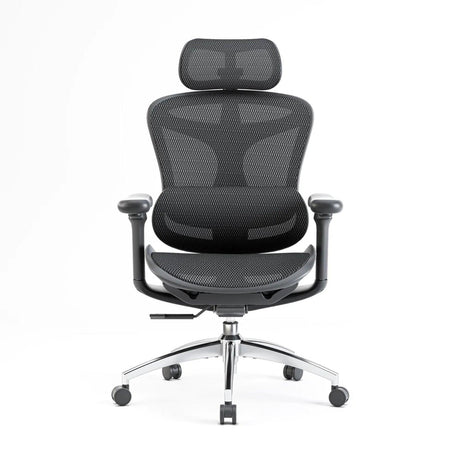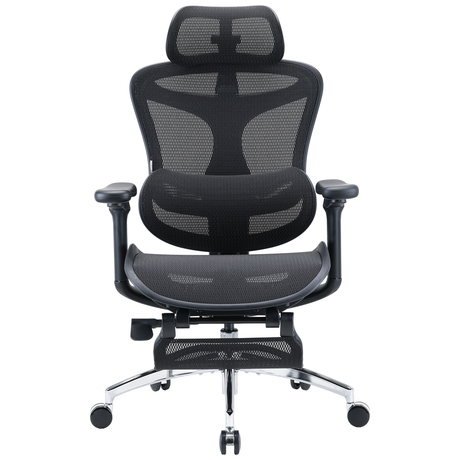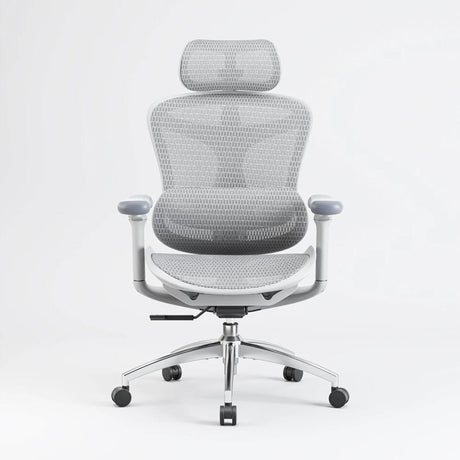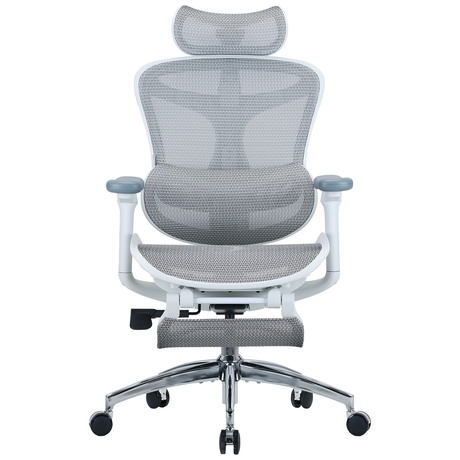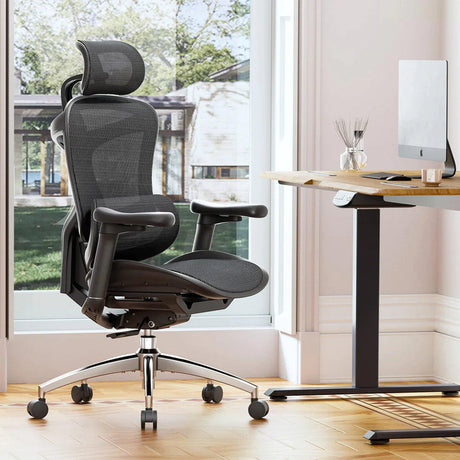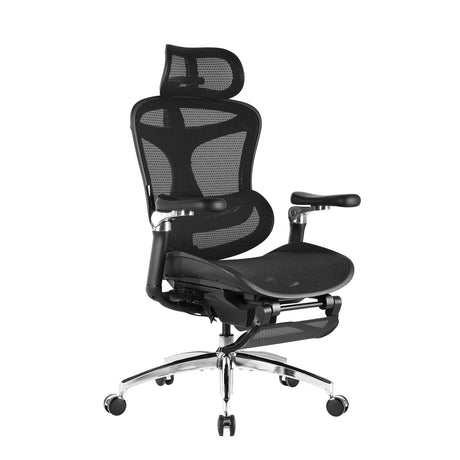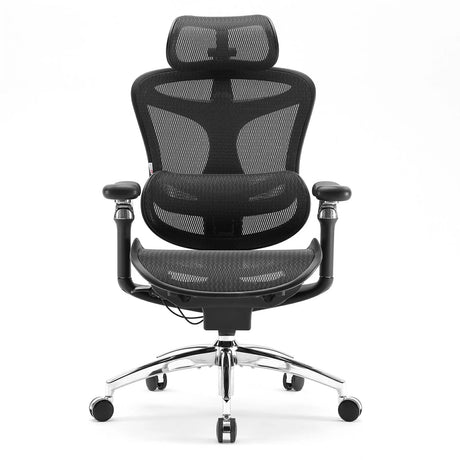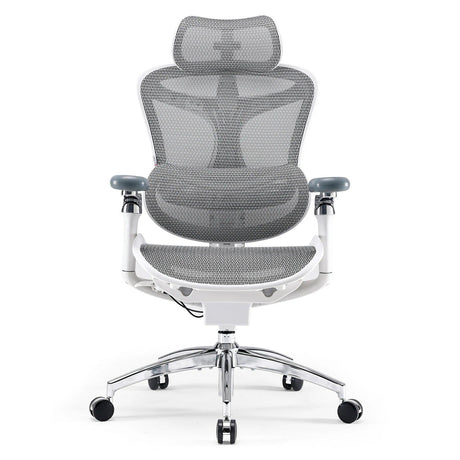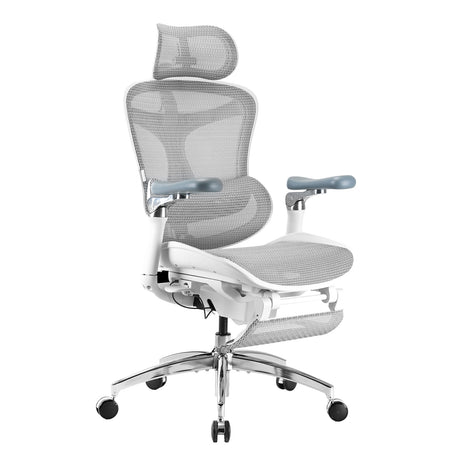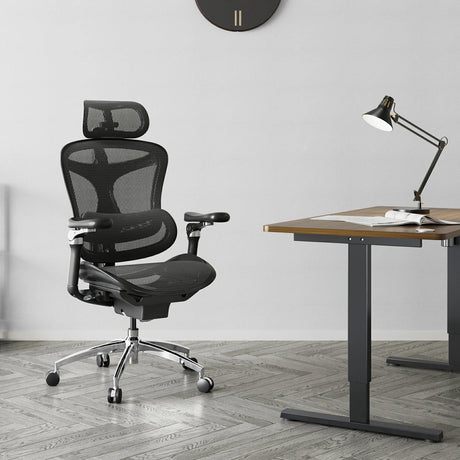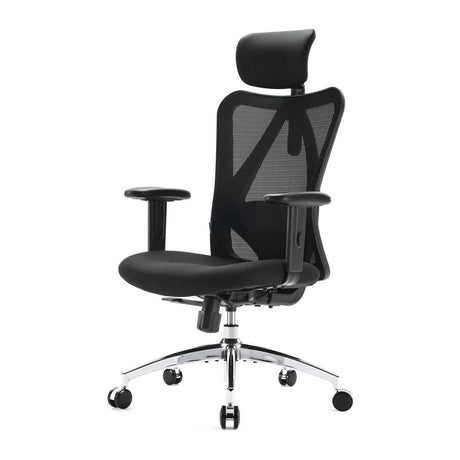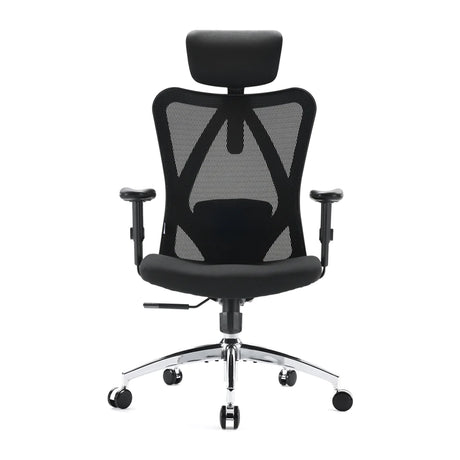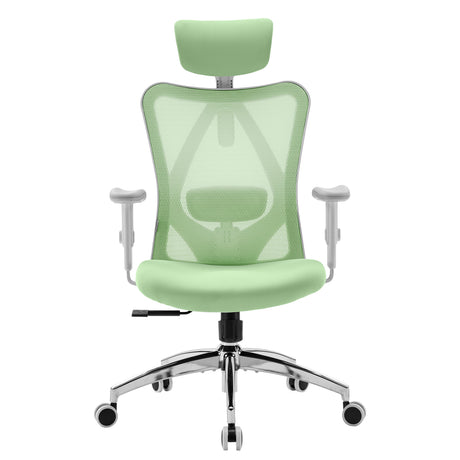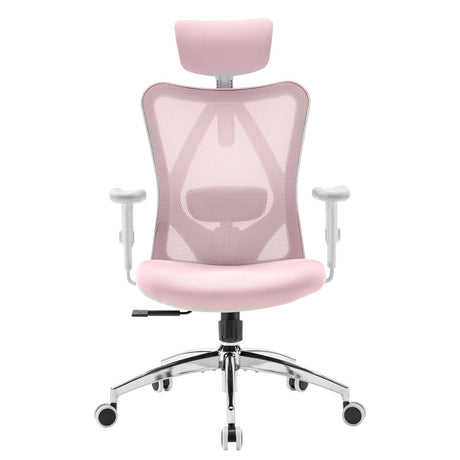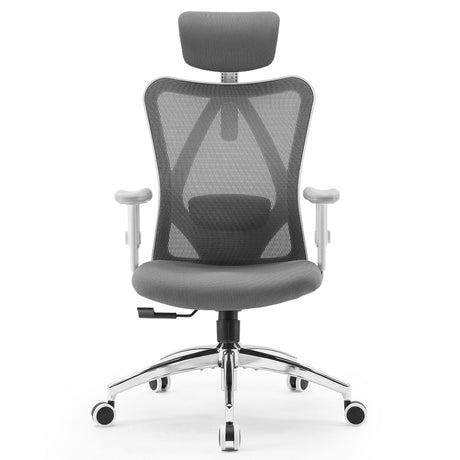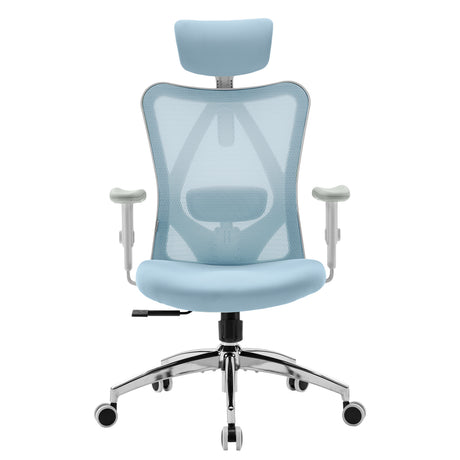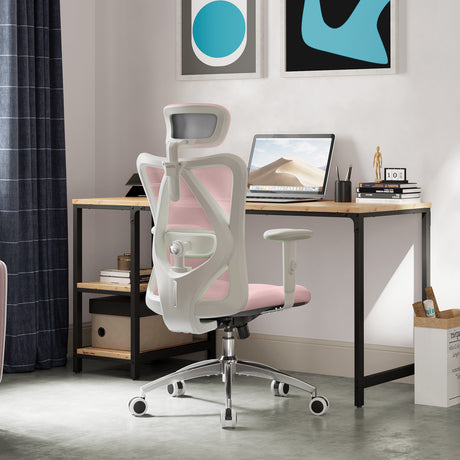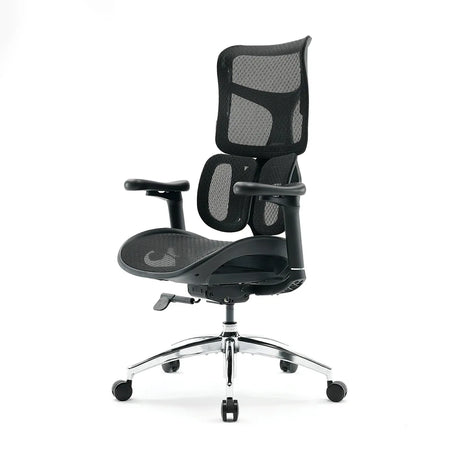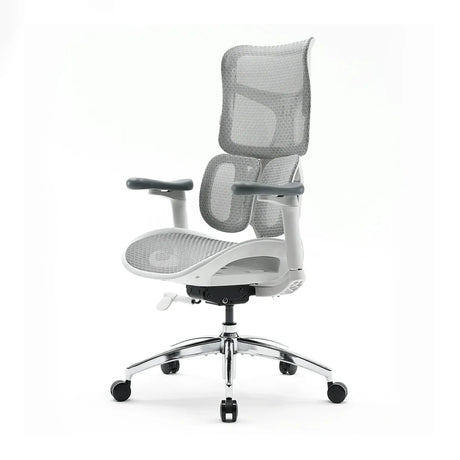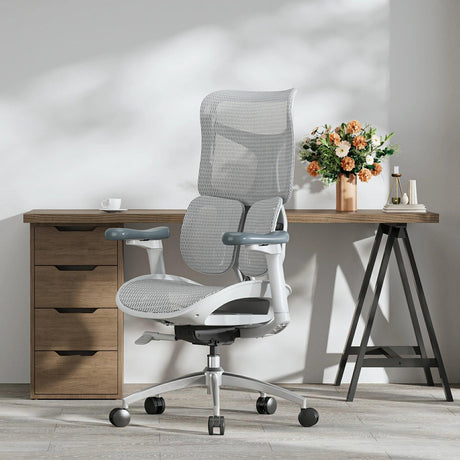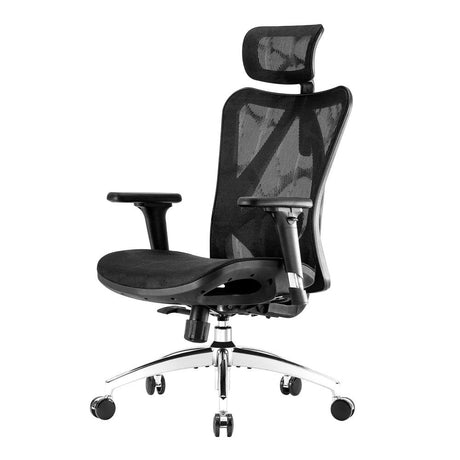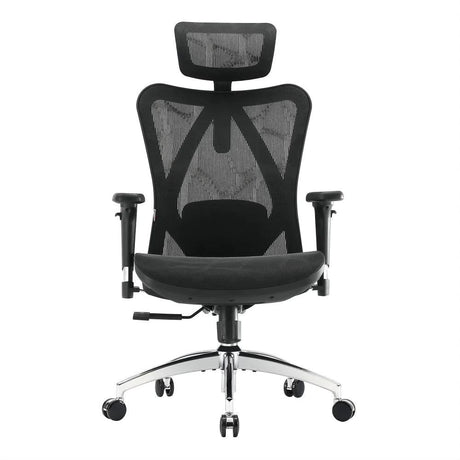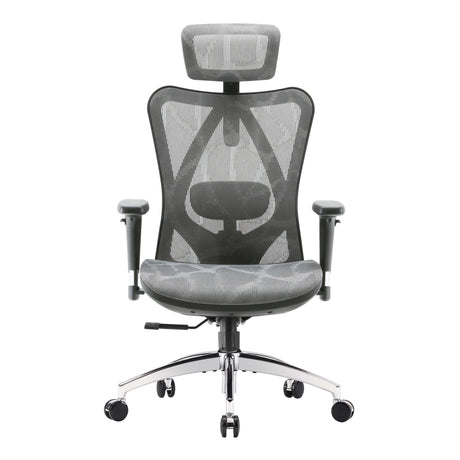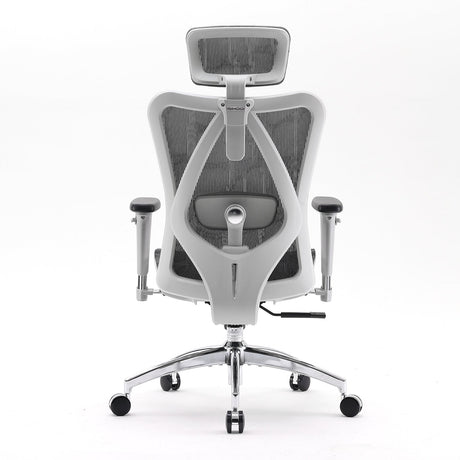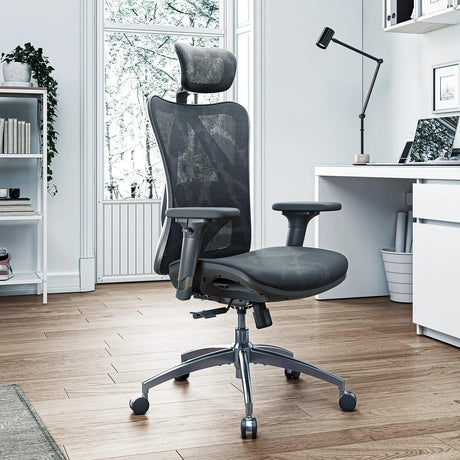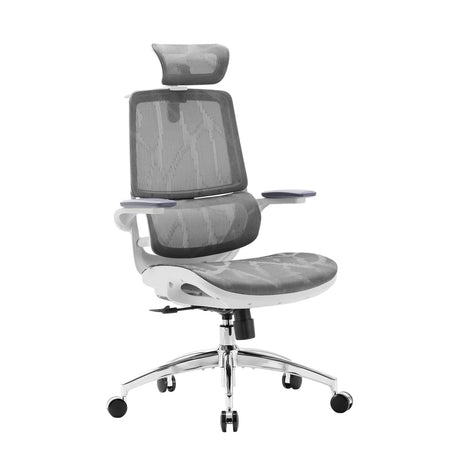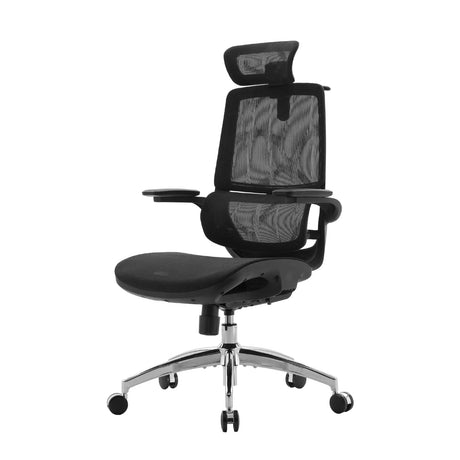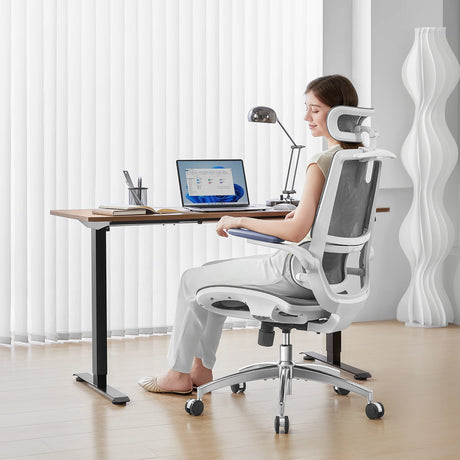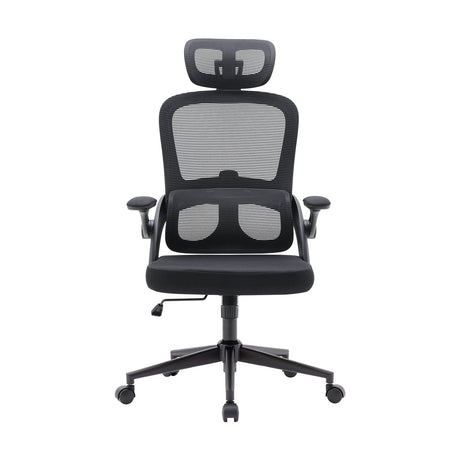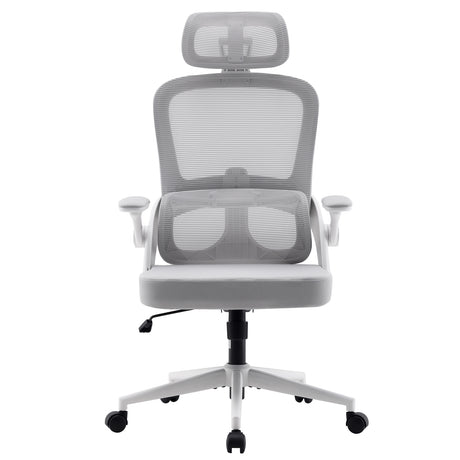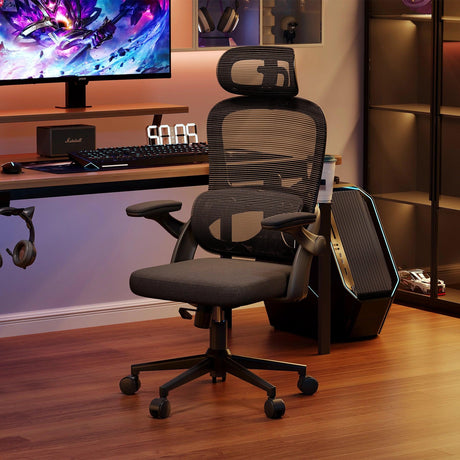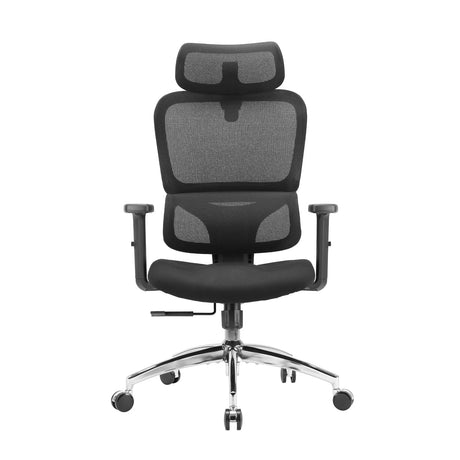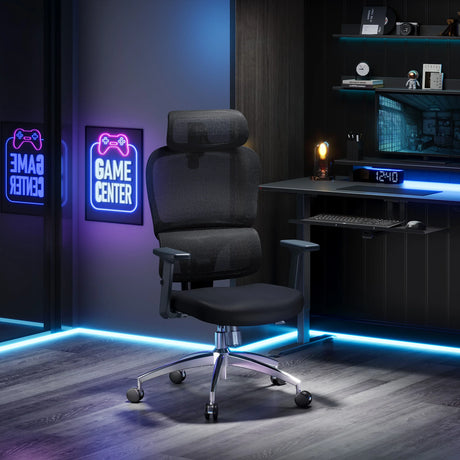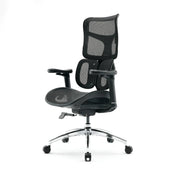When it comes to office chairs, comfort and adjustability are key. One essential component that enables that adjustability is the gas lift cylinder—the part that allows your chair to raise or lower in height with a simple pull of a lever. But if your chair starts to sink or no longer holds its height, replacing the cylinder might be necessary. That brings us to a common and important question: Are office chair cylinders universal?
The short answer is: not entirely universal, but often interchangeable. Let’s break down what that means, what you should know before buying a replacement cylinder, and how to make sure you get the right fit for your office chair.
Understanding Office Chair Cylinders
Before discussing compatibility, it’s important to understand what a gas lift cylinder does.
A gas lift cylinder (also called a pneumatic cylinder or gas spring) is the mechanism inside the central column of your office chair. It’s filled with compressed gas and oil, which work together to provide smooth height adjustment and absorb shock.
Most office chairs use this technology because it’s efficient, relatively affordable, and allows for easy height customization to accommodate users of different heights and desk setups.
The Common Assumption: Universality
The term "universal" often gets thrown around when talking about chair cylinders, and it’s easy to assume that any gas lift cylinder will fit any office chair. While there is some truth to that, it’s not 100% accurate. Here’s why:
What’s Generally Universal?
- Cylinder Diameter: Most modern office chairs—especially those made in North America and Europe—use a standard cylinder diameter. The 2-inch (50 mm) cylinder base and 1.1-inch (28 mm) piston diameter are widely considered standard sizes. These measurements refer to the thick lower part that inserts into the base and the thinner upper part that fits into the chair mechanism.
- Tapered Fit: The cylinder fits into the base (the star-shaped legs) and the seat mechanism via a friction/taper fit. No screws or bolts hold it in place—just gravity and tension. This allows for easy assembly and disassembly in theory, though it can be tricky in practice.
Because of these common dimensions and fittings, many aftermarket or third-party cylinders are compatible with a wide range of office chairs.
What’s Not Always Universal?
Despite the standardization mentioned above, there are still some exceptions that can cause problems:
1. Chair Mechanism Compatibility
Some chairs use non-standard seat plate mechanisms, which might not accept standard-sized pistons. This is more common with:
- Specialty ergonomic chairs
- Imported chairs with proprietary mechanisms
- High-end executive chairs
- Gaming chairs with customized designs
2. Height and Stroke Variations
Not all cylinders have the same stroke—that is, the vertical range of travel when you raise or lower the chair.
Standard office chair cylinders generally offer a height range of 4 to 6 inches, but you can find cylinders with extended or compact strokes, such as:
- Short stroke cylinders (for petite users or low desks)
- Long stroke cylinders (for tall users or sit-stand arrangements)
Choosing a cylinder with an incorrect stroke can lead to an uncomfortable seating position or a chair that’s too tall or too short for your desk.
3. Weight Capacity
While many gas cylinders are rated to hold around 250–300 lbs, not all are created equal. Heavy-duty options are available for users over 300 lbs, and using a standard cylinder for a heavy-duty application can lead to premature failure or safety issues.
4. Cylinder Length
The fully extended and fully compressed lengths of cylinders differ. This can affect how high or low your chair can go even before considering stroke length. If your replacement cylinder has a longer body, the seat may sit too high even at its lowest position.
How to Check Cylinder Compatibility
Before purchasing a new gas lift cylinder for your office chair, consider the following steps to ensure compatibility:
Step 1: Measure Your Existing Cylinder
Remove the old cylinder and take the following measurements:
- Overall length (fully compressed and extended)
- Stroke length
- Piston diameter (typically 1.1 inches)
- Base diameter (typically 2 inches)
Step 2: Check the Chair Base and Mechanism
Make sure the cylinder base fits snugly into the chair’s star base.
Ensure the piston end fits securely into the seat mechanism without wobbling.
Step 3: Know Your Usage Requirements
Consider your weight and whether a heavy-duty cylinder is necessary.
Evaluate your ideal seat height range. For example, a desk height of 29 inches typically works well with a chair height of around 17–21 inches.
Who Should Be Cautious About Compatibility?
While many standard office chairs will accept standard replacement cylinders, the following users should be extra careful:
- Gamers using racing-style chairs: These often come with proprietary parts.
- People with older chairs: Older models may not follow modern size standards.
- Users with specialized ergonomic chairs: Chairs from brands like Herman Miller or Steelcase often use custom mechanisms.
- Anyone buying from unfamiliar or overseas brands: Measurements may differ slightly, and return policies may be restrictive.
What If My Chair Uses a Non-Standard Cylinder?
If you discover your chair uses a non-standard cylinder, you have a few options:
Option 1: Contact the Manufacturer
Reach out to the chair’s manufacturer for a direct replacement. This is the safest option for unique chair models.
Option 2: Replace the Mechanism
In some cases, you can replace both the cylinder and the seat mechanism with a universal seat plate, allowing you to use a standard cylinder. This can be a cost-effective way to retrofit your chair rather than replace it entirely.
Option 3: Upgrade the Chair
If your current chair isn’t worth the hassle of fixing, this might be the perfect time to upgrade to a better model with replaceable, standardized parts.
Can You Install a New Cylinder Yourself?
Yes—and it’s easier than you might think, assuming you have the right tools and a bit of patience.
Tools You’ll Need:
- A rubber mallet
- Pipe wrench or vice grip
- A screwdriver (if removing the seat plate)
- WD-40 or penetrating oil (optional, for stubborn cylinders)
Steps to Replace:
- Remove the chair base by tipping the chair upside down and knocking the base off the cylinder with the rubber mallet.
- Detach the cylinder from the seat mechanism (sometimes requires a pipe wrench).
- Insert the new cylinder into the base and seat mechanism.
- Reassemble and test the height adjustment.
Tip: Let gravity help you re-seat the cylinder by sitting in the chair after assembly.
Pros and Cons of Replacing vs. Replacing the Whole Chair
|
Option |
Pros |
Cons |
|
Replace the Cylinder |
Affordable, eco-friendly, retains existing chair |
May not fit; some effort required |
|
Replace the Chair |
New features, full warranty, less hassle |
Costlier; may be wasteful |
Recommendations for Standard Replacement Cylinders
If your chair fits the standard measurements (2-inch base, 1.1-inch piston), here are a few things to look for in a new cylinder:
- Weight capacity: Choose a model that matches or exceeds your body weight.
- Height range: Ensure the stroke matches your preferred seating height.
- Build quality: Look for steel construction and user reviews.
Some cylinders even come with warranties—something worth considering for long-term use.
Final Thoughts: Are Office Chair Cylinders Universal?
To summarize:
- Most office chairs use a standard cylinder size, making replacements relatively easy.
- However, not all chairs follow the standard. Differences in mechanisms, stroke, weight capacity, and design can make some cylinders incompatible.
- Always measure and check before purchasing. A little effort up front will save you time, frustration, and possibly money.
- If in doubt, consult the manufacturer or consider a full upgrade.
Replacing a gas lift cylinder is a great way to extend the life of your office chair and restore full function and comfort. Just don’t assume that “universal” means “one size fits all.” When done correctly, a cylinder replacement is a smart and sustainable fix for a sagging seat.
Related articles: How Does an Office Chair Gas Cylinder Work?

